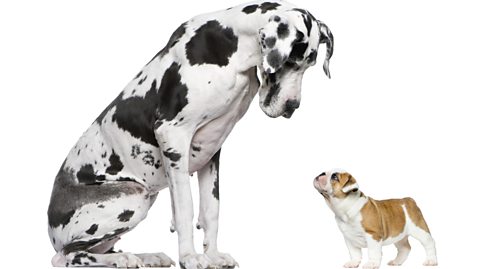Adjectives and adverbs
Adjectives in Spanish
In Spanish,ô adjectivesô are usually placed after the noun they describe and they must agreeô inô genderô and number with the noun hey describe. Invariable adjectives do not change.

Position of adjectives
In Spanish, adjectives are usually placed after the noun they describe and they must agree in gender and number with the noun hey describe. Invariable adjectives do not change.

Comparative and superlative adjectives
Comparative and superlative adjectives are used to compare two or more things. The absolute superlative is used when a noun cannot be beaten.

Possessive adjectives
Use possessive adjectives show who something or someone belongs to. Possessive adjectives come before the noun and must agree with the noun that follows them.

Indefinite adjectives
An indefinite adjective is one of a small group of adjectives that are used to talk about people or things in a general way without saying exactly who or what they are.

Demonstrative adjectives and pronouns
Demonstrative adjectives are words in English such as 'this', 'that', 'these' and 'those'. Demonstrative pronouns also mean ãthisã or ãthatã and stand alone in a sentence.

Adverbs in Spanish
Adverbs describe verbs and usually end in ãmenteã in Spanish. They are easily formed from the adjective but some are irregular. There are also comparative and superlative adverbs.

Quantifiers, intensifiers and adverbs of time and place
Quantifiers and intensifiers describe quantities and degree. Adverbs of time describe when or how often something is happening. Adverbs of place show where something is happening.

Links
- External linkExternal link
- External linkExternal link
- SubscriptionSubscription
- External linkExternal link
- External linkExternal link